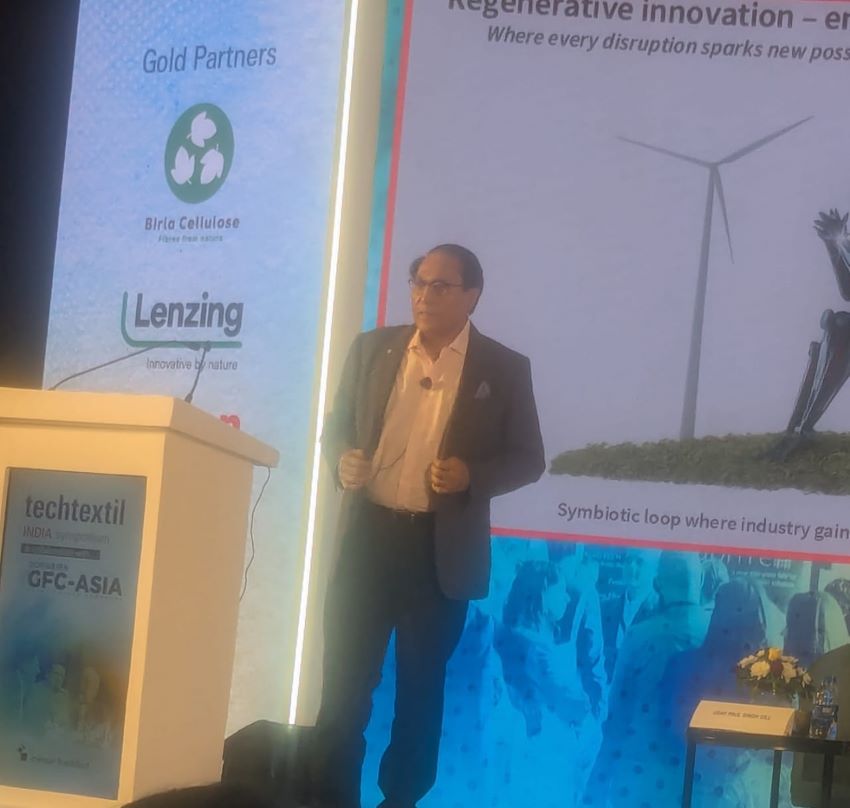Vietnam will increase its capacity to produce cotton in order to satisfy the rising demand from garment exporters. Vietnam needs about 8.5 billion sq. mt. of fabric. The capacity to produce domestic fabric is about three billion sq. mt.
Local garment exporters need to use locally made cotton, or cotton produced by other member countries of the Trans Pacific Partnership free trade agreement, to be entitled to tax cuts when shipping products to other TPP markets. Countries have to abide by the yarn forward rule of origin, which means all items in a garment from the yarn stage onward must be made in one of the nations that are party to the TPP accord.
The TPP deal, which aims to liberalise commerce in 40 per cent of the world’s economy, was reached earlier this month. Vietnam last year produced over 9,00,000 metric tons of fiber types, but two-thirds were shipped overseas. In order to fully meet the demand for fabric, and comply with the requirements of the TPP and Vietnam-EU deals, there needs to be more incentive for business in the form of infrastructure and land use in industrial parks, improvement in sewage, and environmental management capacity.
Vietnam to hike cotton capacity
- 1
- 2
- 3
- 4
- 5
- 6
- 7
- 8
- 9
- 10
No A-Grades for Climate: What the fossil-free fashion scorecard reveals about in…
For years, the global fashion industry has promised a cleaner, greener future but 2025’s Fossil-Free Fashion Scorecard by STAND.earth offers... Read more
Wired Threads: How India’s textile backbone is powering the smart apparel future
India’s huge textile industry, long celebrated for its command over cotton and competitive manufacturing scale, is going through a foundational... Read more
The New Core Competency: How sustainability and advanced fabrics are driving Ind…
The SportTech Pavilion at Techtextil India, hosted by Concepts N Strategies, concluded with a unanimous declaration: for India to successfully... Read more
New EU import rules set to raise prices for Shein and Temu, boosting European re…
Europe’s fashion and textile scenario is on the verge of its most consequential structural shift in over a decade. The... Read more
Global apparel trade rebalances in 2025 as Europe rises, Asia stumbles: Wazir Ad…
As the global apparel economy enters the final quarter of 2025, trade flows across major markets reveal a sector facing... Read more
Tariffs, turbulence and tenacity, India’s textile sector finds new strength
India’s textile and apparel export sector is showing a remarkable capacity to adapt and thrive in one of the most... Read more
Future Fiber Demand and the Chemical Recycling Imperative: Global industry eyes …
The global textile industry is entering a period of exponential growth and profound technological transformation, according to key figures speaking... Read more
Regenerative innovation and the Human-Centric future of textiles
The global textile industry is at a crossroads where mere efficiency and profit no longer guarantee survival. This was the... Read more
Profit with Purpose: Inside the 35% margin boom in upcycled fashion wholesale
The secondhand wholesale sector, once seen as the back end of fashion, is now leading a quiet revolution, one that... Read more
Beyond CMT: Collaboration, not competition, is India’s new growth strategy
The journey for India’s activewear industry to move "Beyond CMT" (Cut, Make, Trim) and capture the global premium mandate is... Read more












